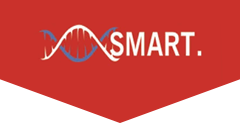Abstract
Linear sequential waterfall model of Software Development Life Cycle provides clear and well-defined procedures, processes and guidelines that should be followed for any software development. The development begins with user requirement elicitation phase and goes through software requirement specification, high-level design, detailed design, coding, testing, and warranty. The accompanying test planning for this typical development model that begins at the user requirement phase for unit testing, integration testing, system testing and acceptance testing is well known and well practiced for software development. Any test development methodology which does not come under the purview of the above software development model, poses its own challenges in terms of defining a specific test development/enhancement methodology to meet product quality requirements in terms of test objective, scope, entry, exit and validation criteria. The following research paper talks about a solution, that can be deployed in coming up with a suitable test development and enhancement methodology for a large software system which is already available in the market and serving a large customer base. The methodology proposes a model for development of tests, targeting specific features perhaps identified as problem areas, having large number of customer reported defects.
Recommended Citation
Bandyopadhyay, Biswadeb
(2024)
"A Test Development/Enhancement Methodology for Large Software System,"
American Journal of Science & Engineering (AJSE): Vol. 3:
Iss.
4, Article 3.
Available at:
https://research.smartsociety.org/ajse/vol3/iss4/3

